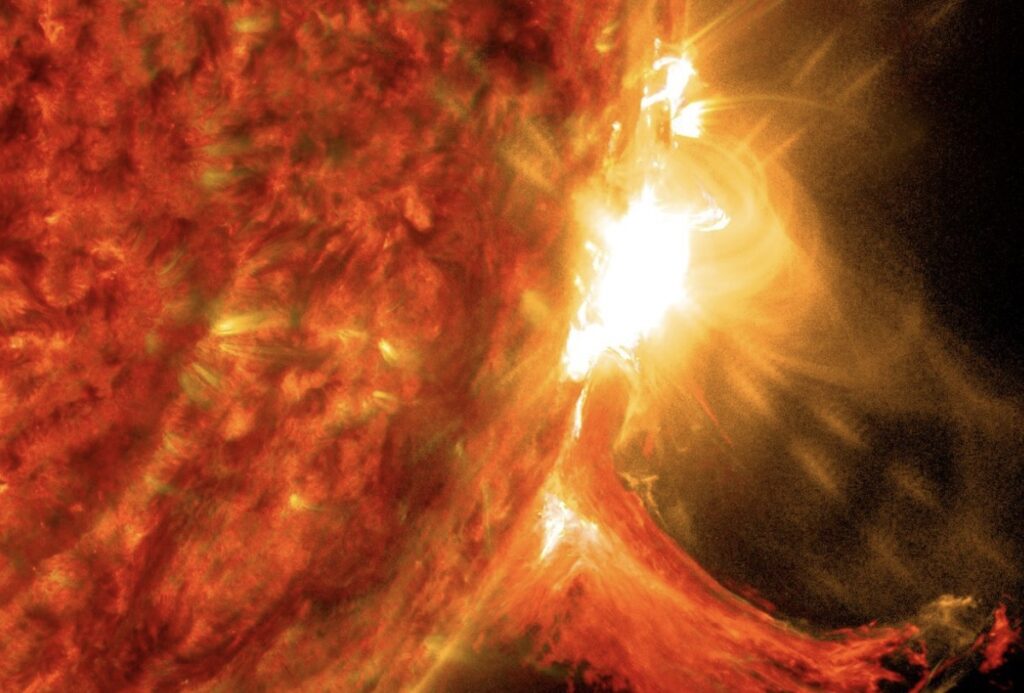Predicting if solar outbursts will put vital infrastructure in a danger zone is, most of the time, inaccurate. For this reason, NASA has started to rely on AI models in terms of more accurate data processing from satellites to warn of solar storms that can destroy the Earth.
NASA has been applying AI systems to get solar flare data access and create an alert system that will give an early warning signal of about 30 minutes before a destructive solar storm hits a specific area. This algorithm, called DAGGER (more formally referred to as Deep Learning Geomagnetic Perturbation), uses an advanced method to track and predict Sun’s activity. Based on the claims of researchers led by Vishal Upendran, an Indian researcher at the Inter-University Center for Astronomy and Astrophysics, this model can determine the direction and severity of a solar storm in less than a second.
“With this AI, it is now possible to make rapid and accurate global predictions and inform decisions in the event of a solar storm, thereby minimizing—or even preventing—devastation to modern society,” Upendran said in a NASA article.
As per a report, solar storms are caused by coronal mass and solar ejections from the sun that increase the thermosphere’s temperature. Using NASA’s Thermosphere Climate Index (TCI), this temperature rise was tracked on March 10 at 0.24 terawatts, the highest temperature that has been recorded since 2003. In 2025, scientists foresee the next solar maximum or continuous increase in the thermosphere’s temperature.
With the risks of collisions, satellite operators adjust their orbits; however, solar activity risks may be heightened earlier than expected, and these maneuvers still pose a big challenge to scientists due to unstable weather in space. This gives a few years for communication companies to utilize DAGGER in their threat assessment systems.
Other POP! stories that you might like:
This work-in-progress artist-centric protection tool protects your art from AI mimicry
Scientists finally reveal what’s inside the moon




